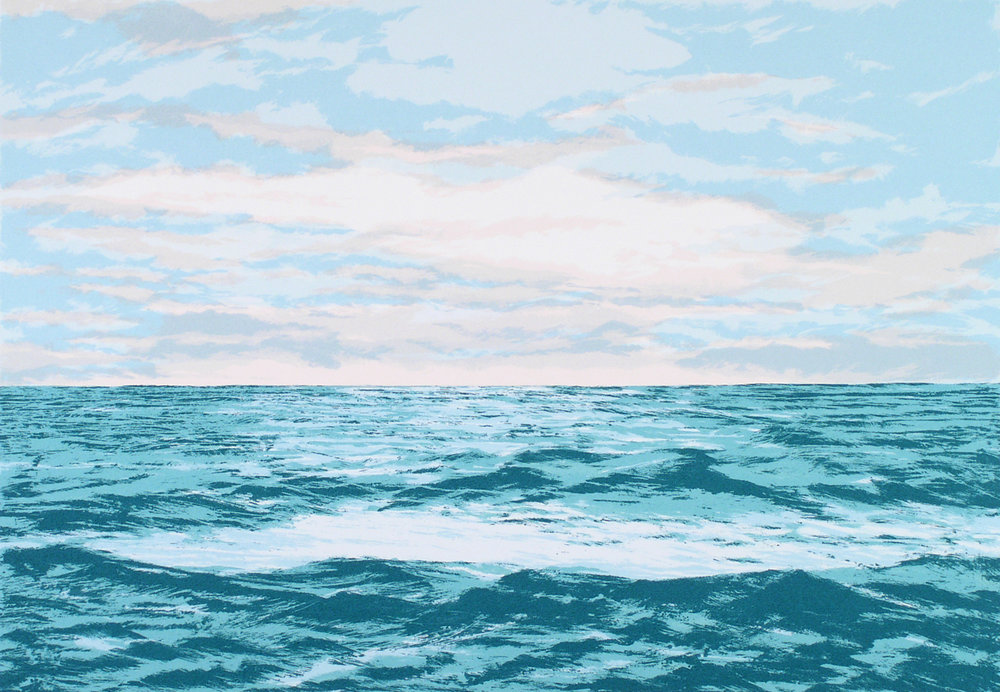“It is impossible to describe the feeling that was mine on coming out of the wilderness into the open space of the Bay. We sat in our canoes for a long time just looking at the open sea. The Bay was the only thought in my mind. No one spoke as we felt the first tidal swells; we had made it in spite of everything and my dream had been fulfilled.”
- Environmental writer Sigurd F. Olson upon reaching Hudson Bay
Recently, we took a day trip — safely distanced from others and a safe distance from home as an an attempt at a late summer vacation. We drove up the “Thumb” Coast of Lake Huron, out of the metropolitan area and past wooded areas and summer homes. Past the first site of birch trees was an opening: flat blue water. This first glimpse of water has been a delight as far back in childhood that I can recall, that sense of visual surprise following the flight from our urban enclosure.
There were several openings along the way, each offering endless blue water to the blue horizon. When we reached the tip of the Thumb, at the mouth of Saginaw Bay, we stopped at an old roadside for lunch. A steady wind from the northwest created whitecaps; a storm appeared to be gathering in the darkening clouds. Where Huron had been calm and welcoming, it now was brisk and revitalizing; the same Northwest wind off the lakes that l felt on the edge of Lake Superior in the Keewenaw Peninsula, and cliffs outside of Cleveland. Like Olson’s delight at reach Hudson Bay each time I reach the water I feel a sense of wonder. I didn’t brave the frontier to get here, but it was, and always is, a journey of transformation, from chaotic density to openness; a sense of clarity, even with a gathering storm.
While thinking about the trip, Ann Mikolowski, an artist who began her career in Detroit’s Cass Corridor but moved to Grindstone City, near the tip of the Thumb, where she painted her impression of the lake: “It would be impossible to ever make these paintings big enough…”
George Tisch, art critique for the Detroit Metro Times in 1998, wrote about the transition in Mikolowski’s interests in art expression from the portraits of individuals from her Cass Corridor days to the broad expanse of nature: “A portrait is always a specific person, identifiable by some time in history. The vistas in Ann’s waters apes offer up, instead, a universal, anonymous presence: infinitely interchangeable water, the great cycle of moisture, dense mists hanging over rocks on the short as in an ancient chicest scroll. These apparently polar opposites — the social scene of urban art and the primordial background of nature — are connected on a deeper level: that of flowing, passing time and the problem of our awareness of it.”
I found Mikolowski’s reaction to the lake very much like my own. As she writes, “When I was in Grindstone, watching that lake, I could see that horizon line and like you could see forever. … Your eyes just opened up, for a long ways, and it would change, like in five or 15 minutes it would change into something else. … It was so powerful. I wouldn’t know it at the time that I was picking up something that connected with what was emotionally going on in my life, but once I’d finish it, I could see where the energy was in the painting.”
Header Painting, “Horizon,” by Ann Mikolowski
